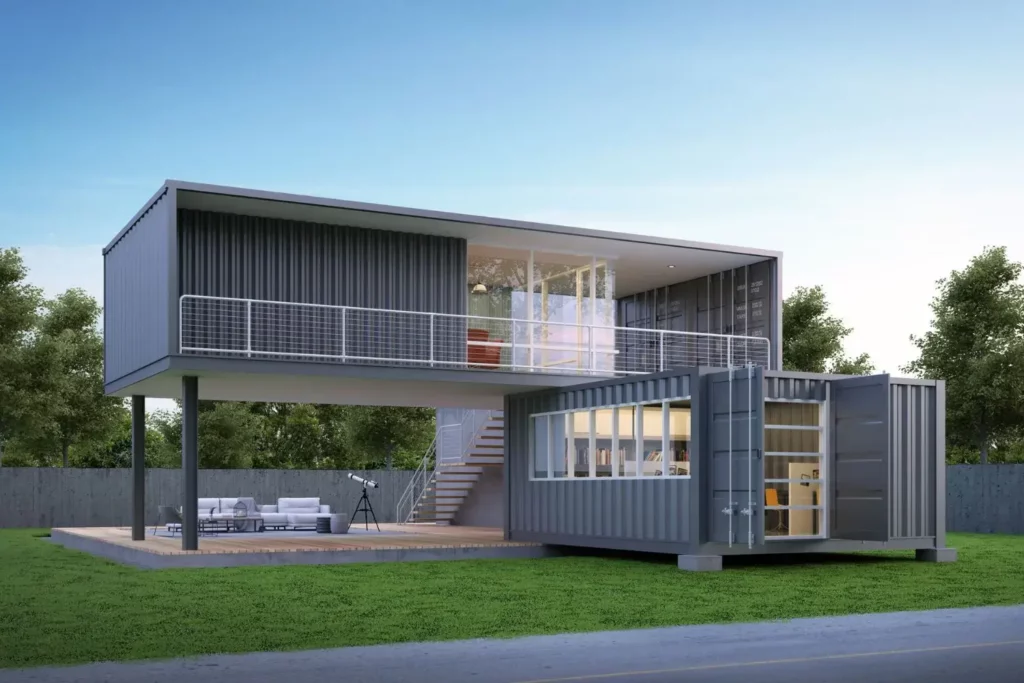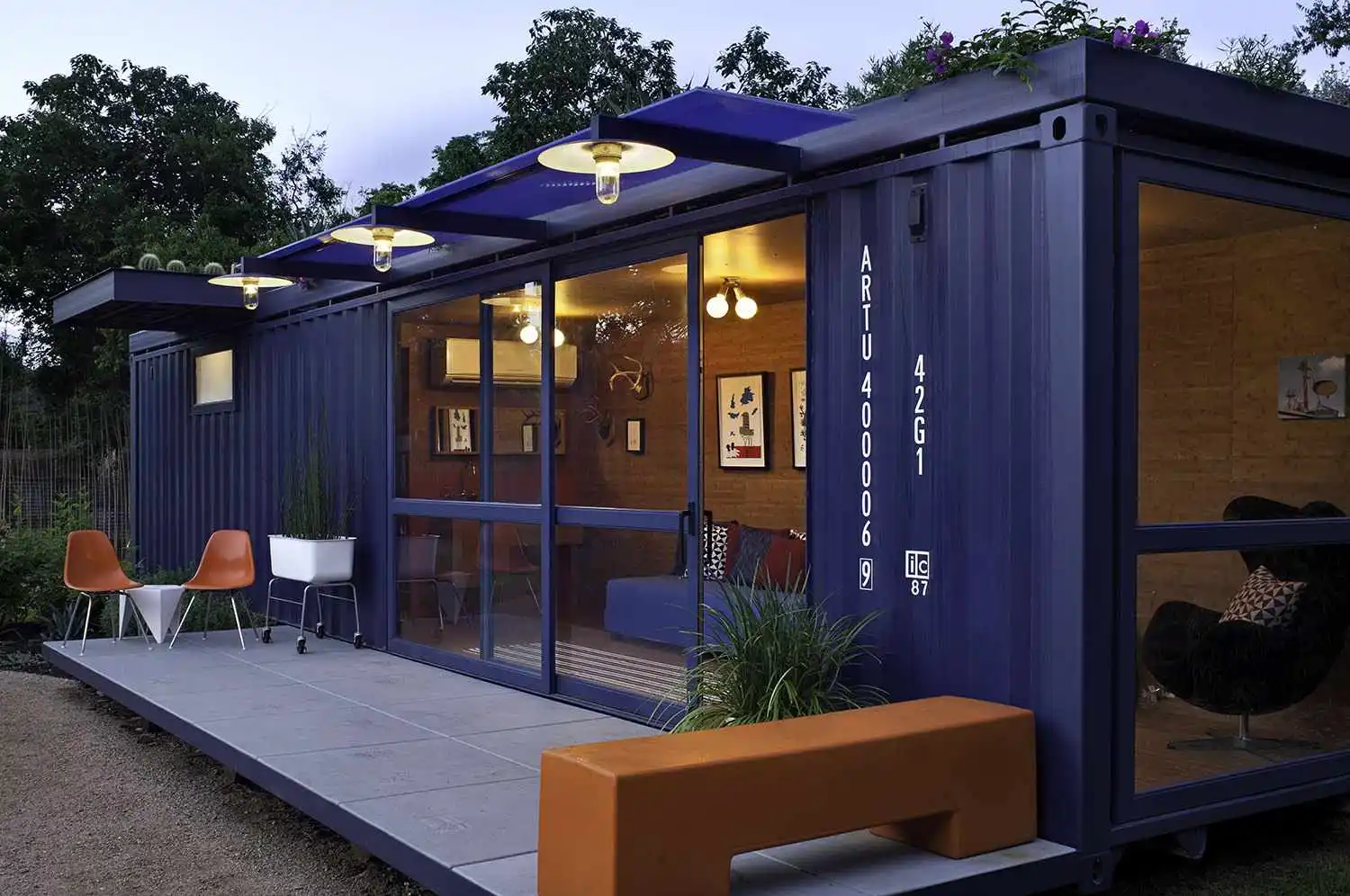Container home insulation techniques are vital for creating comfortable, energy-efficient living spaces in these unique dwellings. Proper insulation helps regulate indoor temperatures, minimize energy consumption, and enhance overall comfort. In this article, we’ll explore various strategies for mastering container home insulation techniques, providing valuable insights for homeowners and builders alike.

Understanding Thermal Insulation Materials
Thermal insulation materials play a crucial role in controlling heat flow and maintaining optimal indoor temperatures. Options such as spray foam insulation, rigid foam boards, and reflective insulation offer effective thermal resistance and can be tailored to suit the specific needs of container homes. Understanding the properties and installation requirements of different insulation materials is essential for achieving maximum efficiency.
Sealing Air Leaks and Moisture Control
In addition to thermal insulation, sealing air leaks and controlling moisture are essential aspects of container home insulation. Proper sealing of gaps, joints, and seams prevents air infiltration and reduces heat loss, while also minimizing the risk of moisture buildup and mold growth. Utilizing vapor barriers and ventilation systems helps maintain indoor air quality and prevents condensation-related issues.
Utilizing Passive Design Principles
Passive design principles leverage natural elements such as sunlight, shade, and ventilation to enhance thermal comfort and reduce reliance on mechanical heating and cooling systems. Techniques such as orientation optimization, shading strategies, and cross-ventilation maximize energy efficiency and minimize the need for excessive insulation. Integrating passive design principles into container home construction promotes sustainable and cost-effective insulation solutions.
Incorporating Sustainable Insulation Practices
Sustainability is a key consideration in modern construction practices, including insulation techniques for container homes. Choosing eco-friendly insulation materials such as recycled denim, cellulose, or wool not only reduces environmental impact but also provides effective thermal performance. Additionally, exploring alternative insulation methods such as green roofs or living walls enhances insulation properties while adding aesthetic value to container home designs.
In conclusion, mastering container home insulation techniques is essential for creating energy-efficient, comfortable living spaces with minimal environmental impact. Homeowners and builders can achieve optimal insulation performance in container homes by understanding thermal insulation materials, sealing air leaks, utilizing passive design principles, and incorporating sustainable practices.
